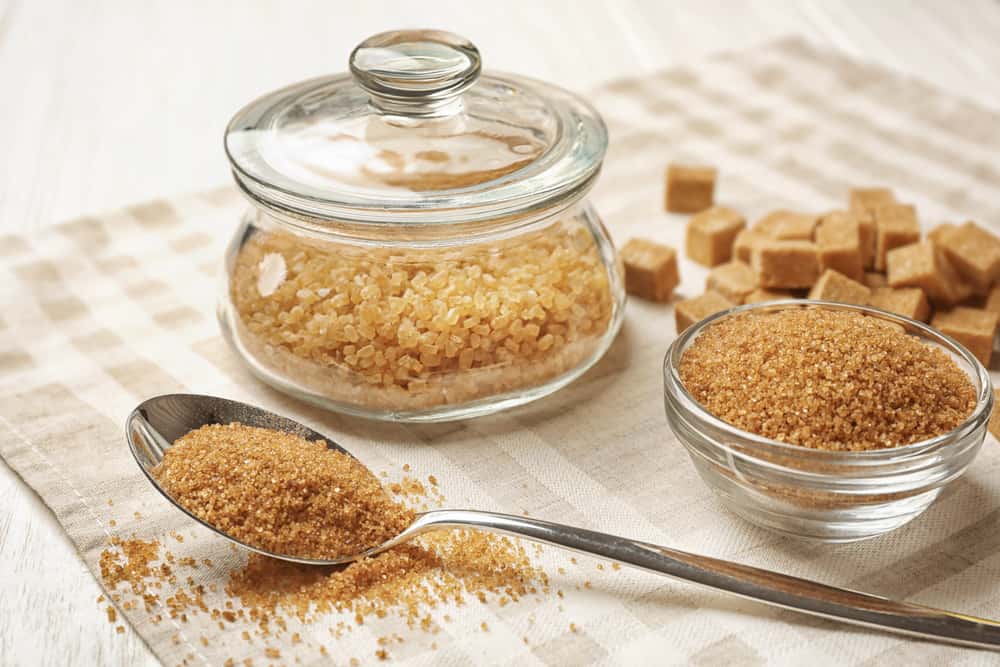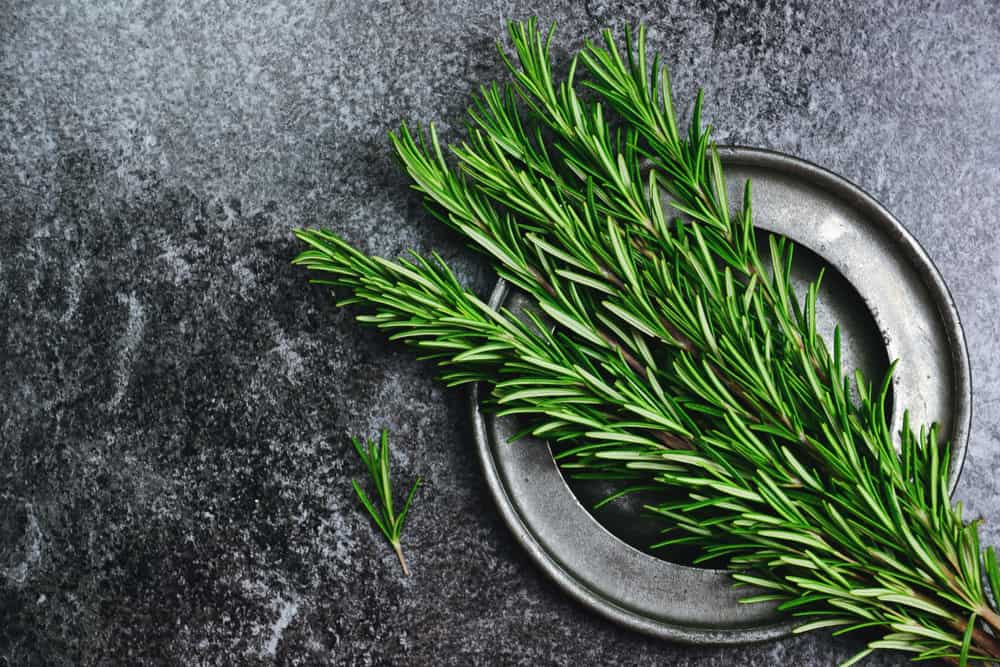Brown sugar just seems to be one of those store cupboard staples that often gets forgotten about. We’ve all been there. You know, you buy a bag of it for a baking recipe, you have all the best intentions of baking regularly to use it all up, but it just never seems to happen.
Then, months later, you come across that bag of brown sugar and get the baking itch all over again, but this time you don’t have fresh brown sugar to use.
Instead, all you have is a bag of brown sugar that has been open for months. You start to wonder… ”is this safe to eat?” and “does brown sugar go bad?”
That’s where we come in. This article aims to tell you all about brown sugar and answer your question: “does brown sugar go bad?”.
So if you have a conspicuous bag of brown sugar in your pantry or store cupboard that you are debating eating or tossing, then this article is for you!
This post may contain affiliate links. Read my disclosure policy here.
Sugar: The Natural Preservative
When we think of preservatives, we tend to think of artificial, chemical laden substances that get loaded into our foods, beauty products, and more.
However, many natural substances have a preserving nature. Some of the most popular and commonly used natural preservatives are salt, citric acid (from citrus fruits), and sugar.
Sugar comes in a number of forms, including granulated, confectioners, demerara, and brown sugar. Granulated white sugar is the type that is used as a preservative most often, and out of all of them, it is the type of sugar that keeps the longest.
White granulated sugar can actually keep indefinitely, meaning it does not have a shelf life and can last forever if stored properly. Brown sugar is not quite that long lasting, and we cannot say that the shelf life is indefinite.
However, because of the naturally preserving nature of sugar, even brown sugar has a relatively long shelf life on there. Typically, you can expect your brown sugar to last up to 18 months provided it is stored correctly.
So, can it go bad?
When we think of food going bad, we often think of foul smells and mold growing all over the product. However, these are not the only signs of food going bad.
Sometimes they may simply dry out, change color, lose taste, or even evaporate. Brow sugar does not typically go bad in the sense that it grows mold (although this can happen - more on that later).
Usually, when brown sugar ‘goes bad’, it dries out. Brown sugar is naturally quite moist. If the sugar is kept near a heat source or not wrapped up adequately after opening, then the moisture can evaporate. This causes the once soft sugar to harden.
However, if you go into your store cupboard or pantry to find that your whole bag of brown sugar has gone bad, all is not lost. It can be saved. There are ways to soften the sugar again.
You can actually microwave the sugar half a pound at a time in a microwave safe bowl. Simply place it in the bowl and cover it with a wet paper towel. Then cover the whole bowl and paper towel with plastic wrap and turn on the microwave for one to two minutes on low heat.
If you are using this method for softening the sugar, only do it right before you want to use it as it should be used right away. You can also soften hardened brown sugar by placing a segment of apple in the bag and leaving it.
You need to make sure the sugar and apple are sealed tightly in an airtight container for it to work properly. The apple should only be kept in the container for a few hours or you risk the apple going bad and affecting the sugar.
Does it ever go moldy?
Even though it is relatively rare brown sugar can still develop mold and other signs of decay.
You should be on the lookout for any signs of organic growth in your brown sugar which could occur if another food substance has gotten in contact with the sugar (for example, if you accidentally got some brownie mixture in the brown sugar packet and didn’t realize for months, the sugar is likely to be a goner).
As well as this, if any water has come into contact with your brown sugar package, then it is likely that there may be some mold or organic growth. The brown sugar should certainly be tossed in the trash if this is the case.
Also, you should bear in mind that, as with anything sweet, brown sugar can attract undesirables such as ants and flies.
These insects could then contaminate the brown sugar rendering it unusable. Be on the lookout for dead or alive insects in your brown sugar packet, especially if you have found that it was not wrapped or stored properly.
You should also check carefully for any eggs or larvae in the sugar. If you do find signs of bugs in your sugar you should toss it in the trash, without hesitation.
Final verdict
So, when it comes to that bag of sugar in your store cupboard that is a couple of months old, you may well be wondering whether to try it or toss it. We hope that our article has enlightened you on what you can do with it.
Remember, if it has gone hard, this does not mean it has gone bad! Hardened brown sugar can be easily softened using the methods we told you about earlier in the article.
However, if there are any signs of mold, organic growth, any insects in your sugar it is definitely not safe to eat and should be thrown in the trash immediately.
It is important that your brown sugar is stored correctly in order to make sure it lasts as long as possible. The recommended shelf life is no more than 18 months. In an unopened bag, it will be able to last with no issue.
If the bag is opened you should decant the sugar into an airtight container or wrap the bag tightly so no air (and other undesirables) can get inside.





